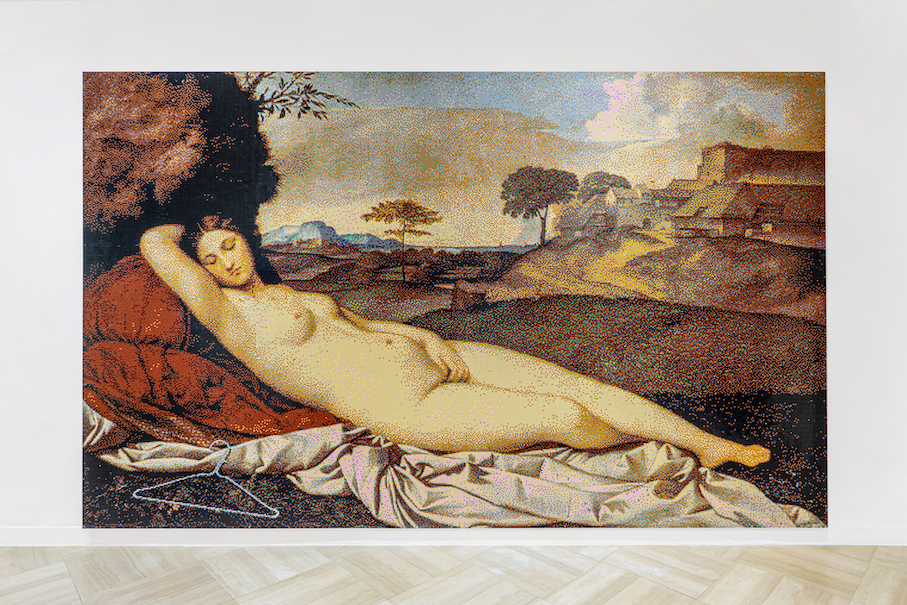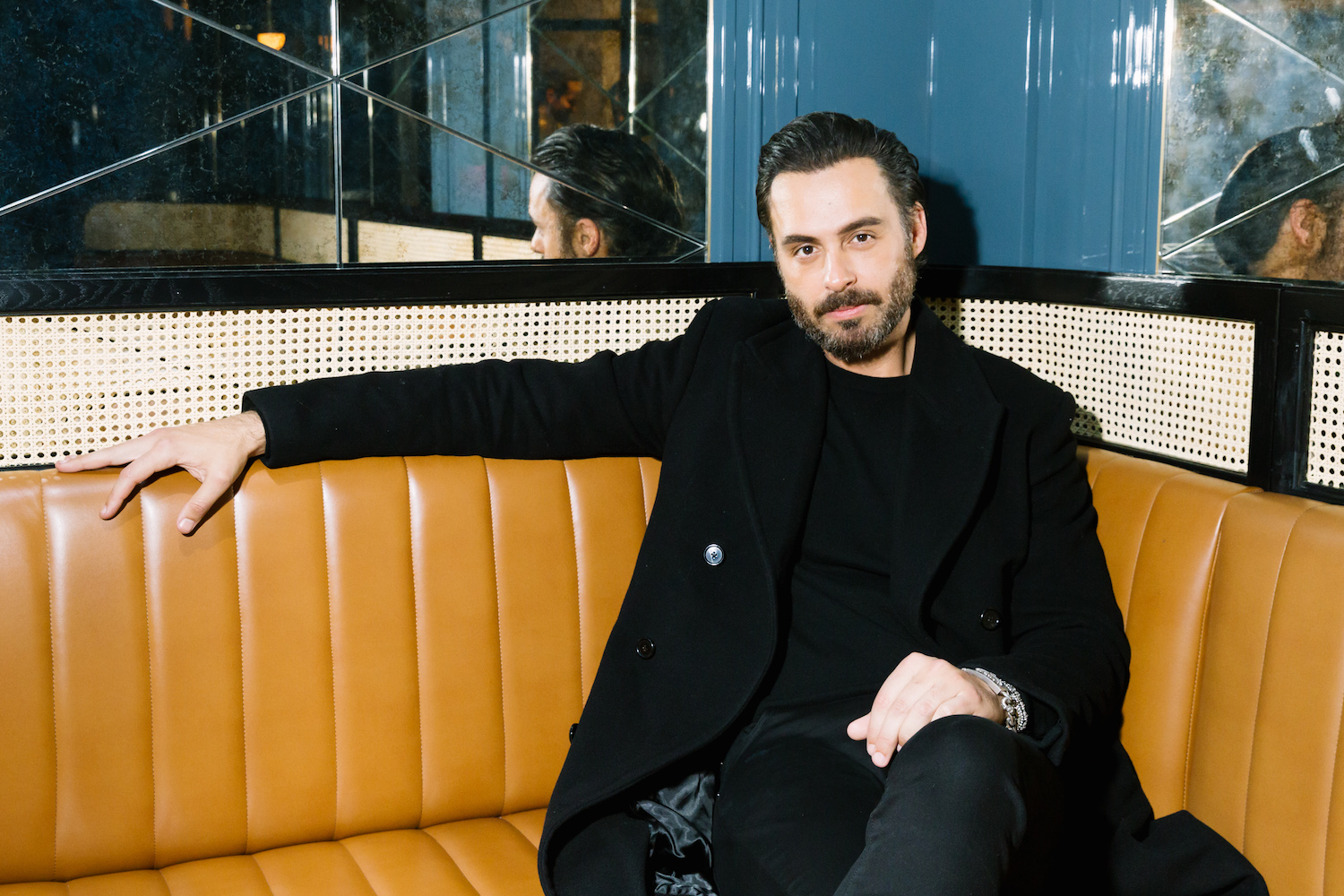Allora & Calzadilla have been collaborating since 1995, partners in both work and life. This summer and fall, the artists have had back-to-back shows in the US. In New York right now, you can see their latest exhibition at Gladstone Gallery, “Fault Lines.” It features ten stone sculptures, and on afternoons, two boys moving throughout the gallery space slinging historical insults (originally coined by the likes of Benjamin Franklin, Cicero, and Shakespeare) in song.
“Fault Lines” opened just after their first-ever presentation in Los Angeles at REDCAT gallery closed. There, they expanded upon their video work Apotomē (2013) with a newly commissioned performance investigating biosemiotics and bio-musicology. Their inspiration was a concert given to two elephants, Hans and Parkie, at the Museum of Natural History in Paris in 1798. Whitewall spoke to the artists in Los Angeles, where we talked about how interspecies communication, music, and the French Revolution tie into Apotomē.
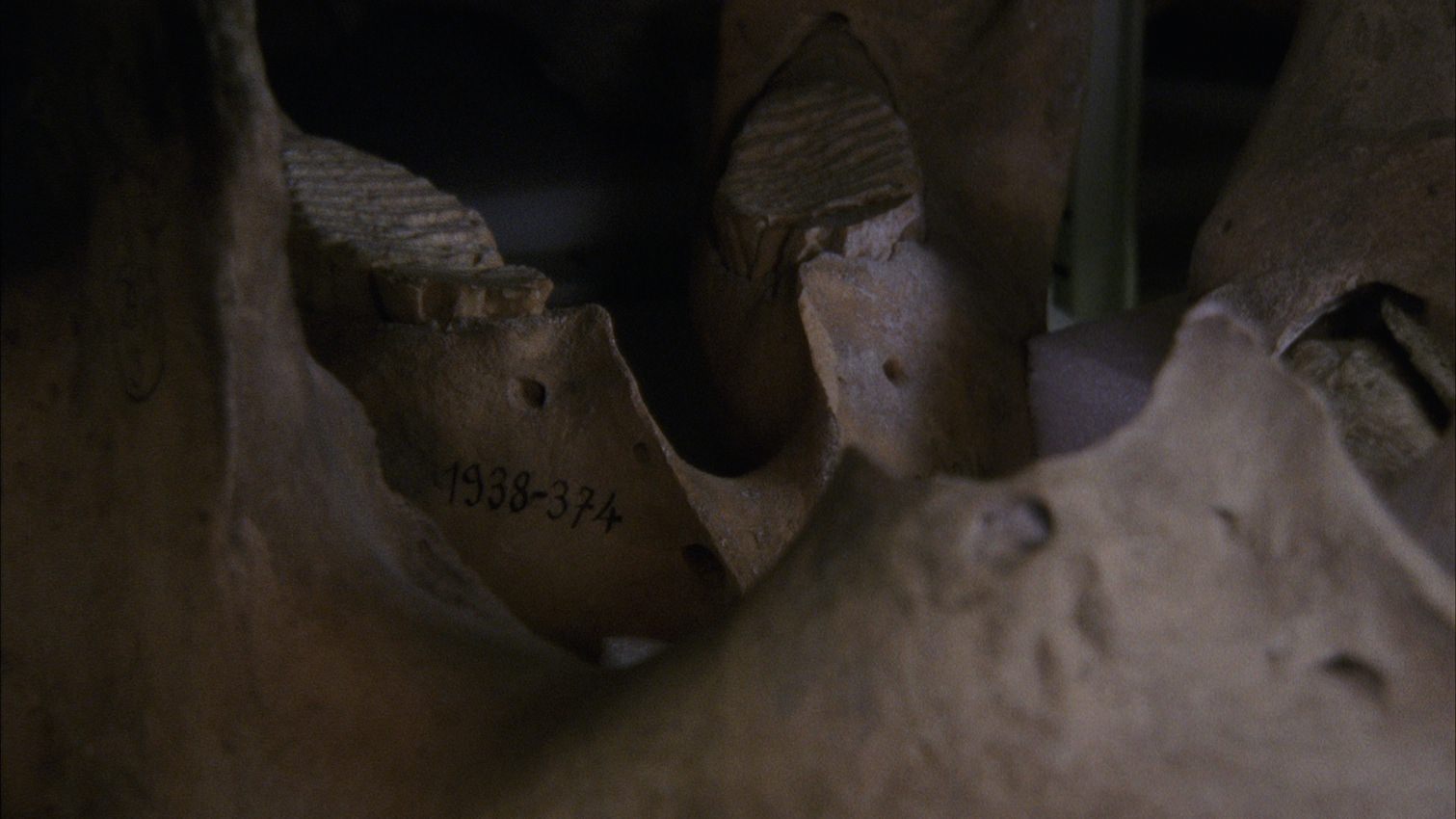
WHITEWALL: When did you first discover Hans and Parkie? How did Apotomē take shape?
JENNIFER ALLORA: For a couple of years now, we’ve been asked to make a project for the Autumn Festival, which happens in Paris annually. It’s more known for theater and dance commissions, opera pieces and so on. They also have, in recent years, a contemporary art section. The city of Paris links up artists to different institutions. One of the possible sites was the Natural History Museum of Paris, the Jardin des Plantes and that whole complex, which is kind of the equivalent to the Smithsonian in the United States although it’s even older. It’s the first natural history museum: the paleontology and mineralogy departments, all these first collections were founded on this site that, of course, formally belonged to the King of France until the French Revolution. Then it became public.
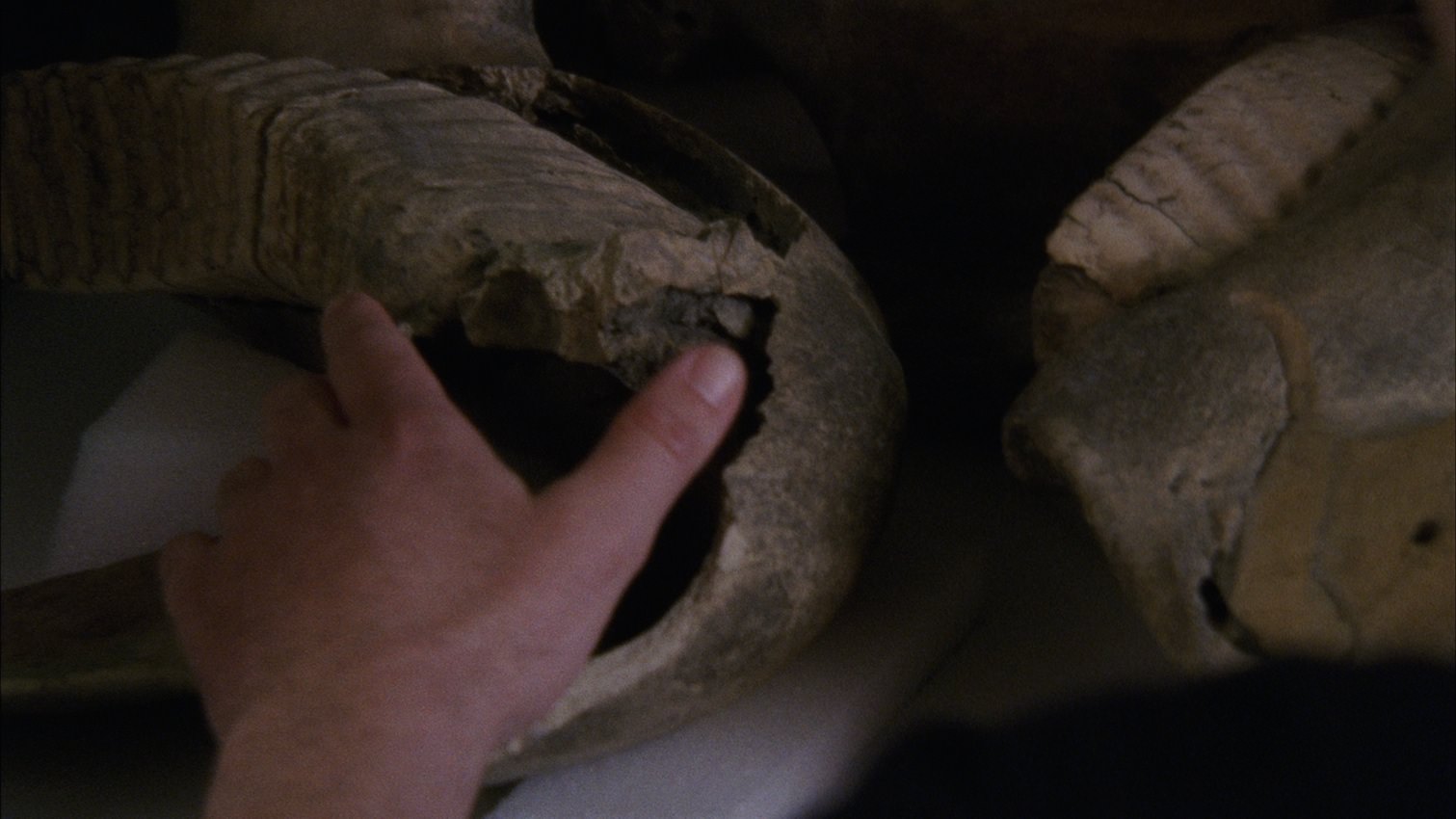
One of the directors of the museum had taken us around to the menagerie; it’s the first zoo that was ever created in the world. We walked past the elephant pavilion and she told us the story of Hans and Parkie. It just captured our imagination. We had just left the Axolotl room. There’s a short story by Julio Cortázar about this guy who is obsessed with this Axolotl, which is in this other famous room in the menagerie. He keeps looking at the animal and looking at it until finally at the end of the story he becomes the animal. There’s this really great confusion between man and his identification with this nonhuman species.
This kind of idea was inspired by the Cortázar story, and somehow our own interest in music. We had done a lot of work ourselves about what is the relationship between music and human evolution. We had just done a film about this discovery of a bone flute in Germany. We were thinking about those questions.
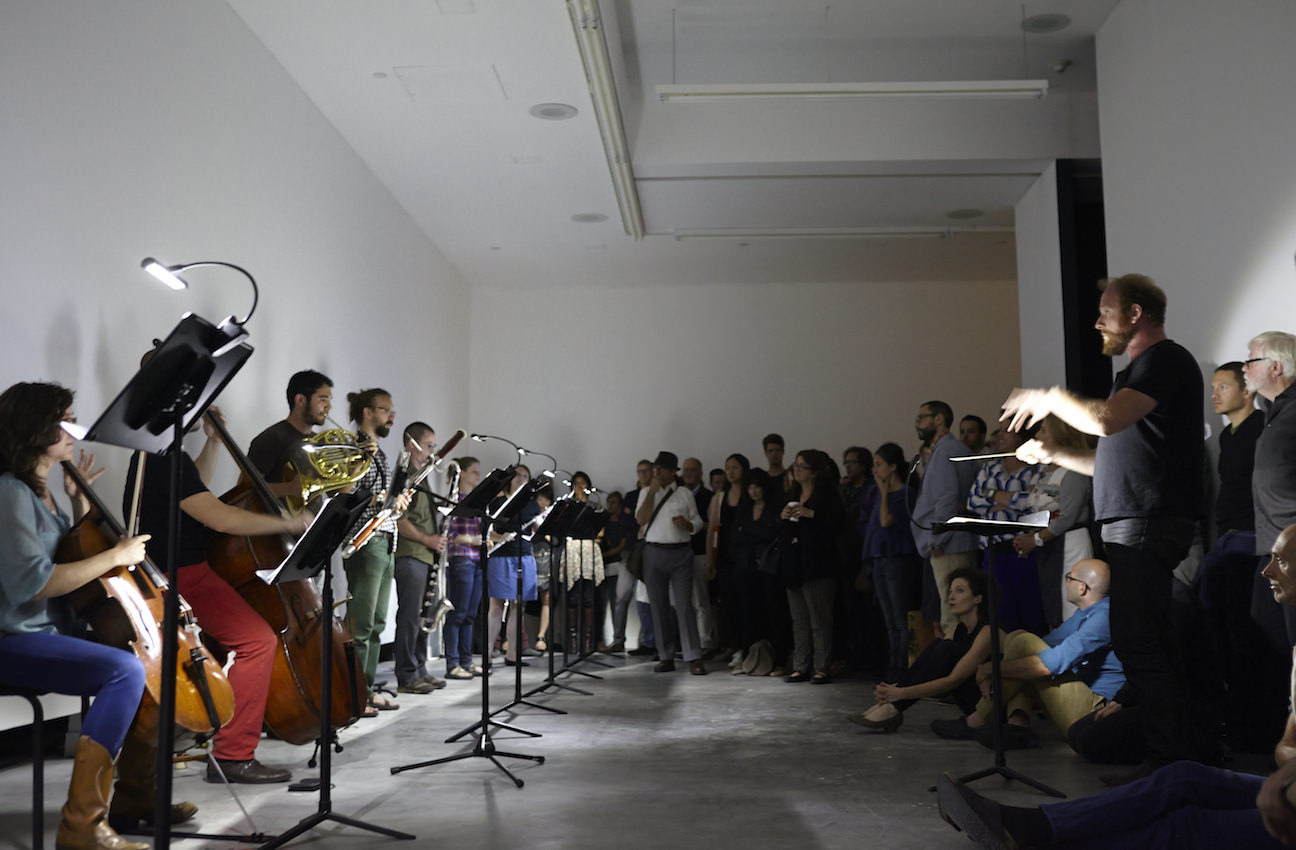
GUILLERMO CALZADILLA: At that time, the relation between human and nonhuman life was also in the context of the French Revolution, meaning people who have rights and people who have no rights. The ones who have no rights are not treated like humans; they are treated like animals.
Human, nonhuman, life forms, abnormalities, and forms of oppression, slavery, all of this was the backdrop to this concert that was given to the elephants. So you had a really incredible combination of subjects that we have been exploring in our own work for over a decade.

WW: Why did they create a concert for the elephants?
JA: That’s a very curious subject. It’s one of the only experiments documented of its kind where there was this attempt to try to have an interspecies communication. Music could be a vehicle to enter into the mind space of another species. There is no way for them to scientifically document or quantify that, so it was never repeated. This, of course, is the moment when these scientific areas of study were first establishing and creating the norms of what is science, how you go about developing a relationship to scientific objects of study. This, obviously, didn’t prove to be amenable to those forms of analysis.
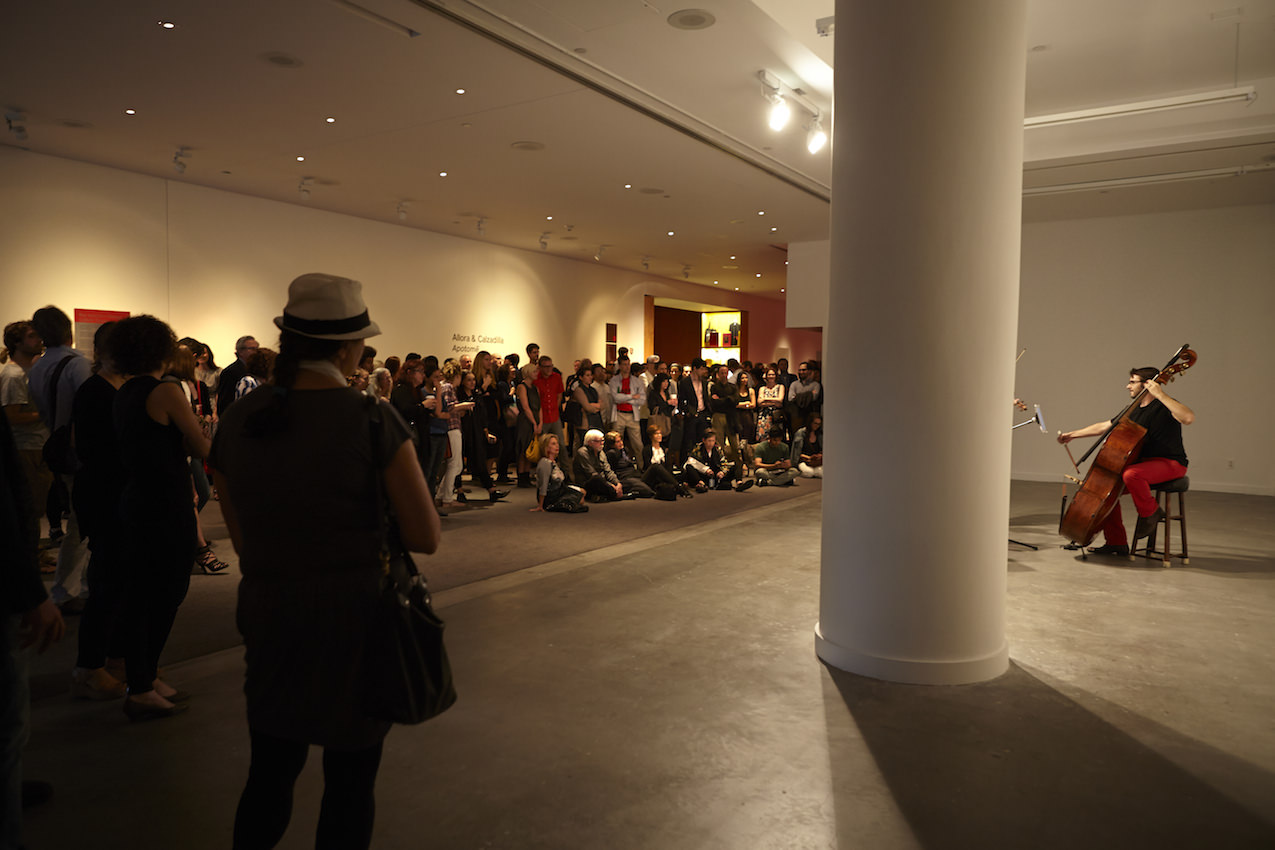
If that path had continued, maybe 200 years later we would have a different understanding of a lot of these questions that we are still facing today about these categories of knowledge and the separations that we now take as a norm. Our contemporary feeling of separateness from other species, our hierarchy that we have developed as a result of natural history maybe would have changed at the very beginning if some of these other lines of inquiry had taken hold and formed part of the social imagination.
GC: So the concert was made to see if human music may elicit some kind of reaction in nonhuman forms of life, in this case, the elephants. It was organized by musicians, not by scientists. It was a really strange event, almost capricious, illogical without any scientific foundation.
JA: In fact, there was a librarian that was part of the complex that documented some of the results. When “Ça ira” was played in a higher key, it excited Parkie, but Hans was not really interested. There was another piece that did get him finally sort of awoken. [But] perhaps he reacted because he noticed the musicians were looking at him. We don’t know why.
GC: Or motion. That’s why it never became a scientific study.
WW: The music that you chose for the video and the performance, was that based on the original concert?
GC: It’s exactly the same concert, the same songs in the same order.
JA: In the film, it’s not the same order because the actual concert would have lasted an hour and a half. This is a shortened version of it, fragments from it.
GC: Also the concert had parts that were instrumental; there were only a few parts that were singing. In completely different research, we had done works with the voice, voice displacement, the life of voices, and on and on. We found our about Tim Storms, the protagonist in the film that has this biological deformity, or characteristic or gift, however you want to see it. His (vocal chords) are basically twice as long as normal vocal cords and move five times faster. He can produce subsonic sounds that animals as large as elephants can hear.
JA: But humans cannot, outside of the audible human range.
GC: Not even himself, he can only feel. However, animals as large as elephants can hear those sounds, so that became the structure or the link. Then, we invited him to come to Paris to sing the same songs walking through the Zooteque.
JA: We recorded it with an earthquake microphone because it’s very sensitive to low frequencies.
GC: The structure was for him to sing the same concert to the bone remains.
WW: How does everything tie in together?
GC: There is a relationship between Apotomē, the title of the film, which basically means when something has been cut off, the remainder of something, the leftover. And then, in this case, the remainder or leftover is the subsonic sound, something that we could not hear, but feel, but also the structure of the original concert. There is the voice, but the orchestra is not present. For the performance at REDCAT, there’s an orchestra, without singing, without vocals. So the orchestra is going to play the entire concert in the same order. This is an experiment; we’ve never done it before. It should be interesting to see the way the two things inform each other and complement each other.
Jennifer Allora (Philadelphia, Pennsylvania, 1974) and Guillermo Calzadilla(La Habana Cuba, 1971) are among the most active and socially engaged voices on the international art scene; they have had solo shows at the world’s most important museums—including the Museum of Modern Art in New York and the Stedeliijk Museum in Amsterdam—and have taken part in leading international festivals such as Documenta in Kassel, the Venice Biennale, the Whitney Biennial in New York, and the biennials of Gwangju, Sydney, São Paulo, Sharjah, Istanbul and Lyon. In 2011 they represented the United States of America at the 54th International Art Exhibition of the Venice Biennale.




